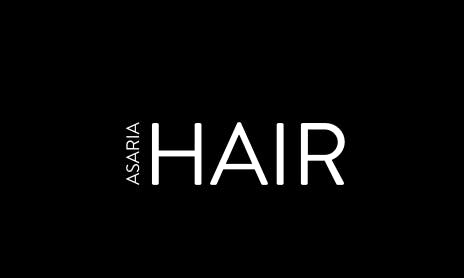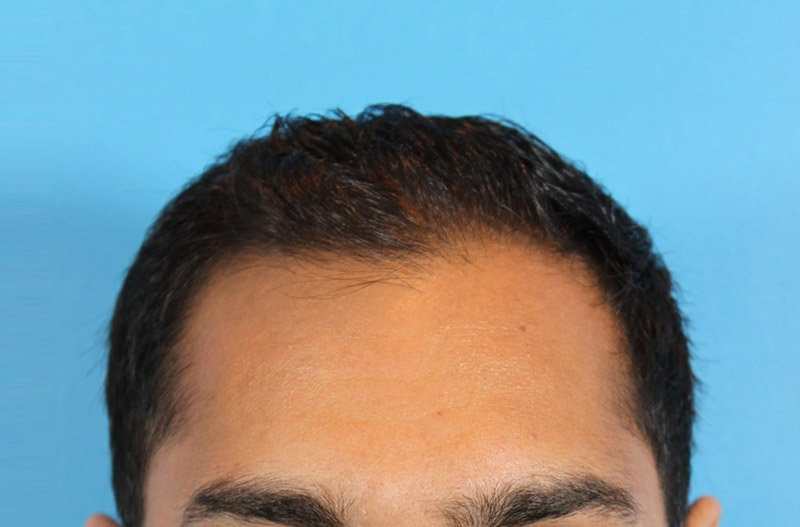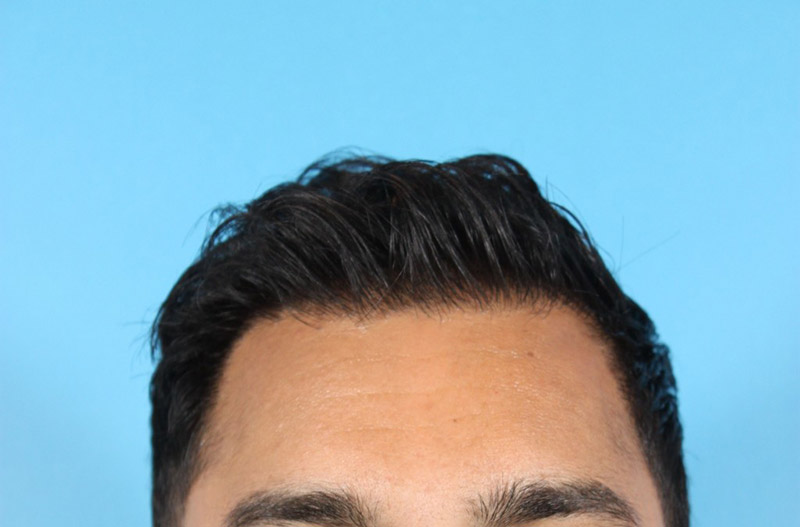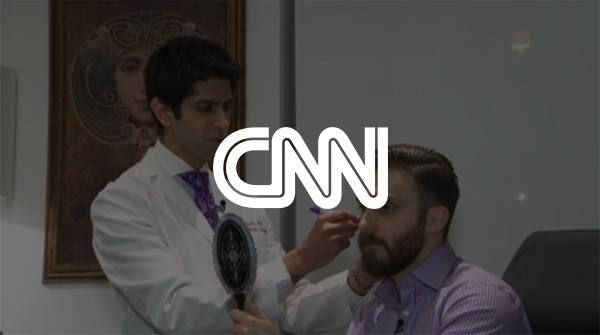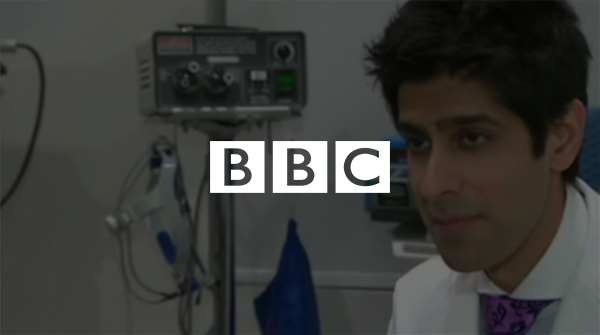Hair Transplants
By Dr. Jamil Asaria
Hair transplantation has evolved significantly over the last few years. Gone are the days of cheesy infomercials and artificial-looking plugs. Today’s hair restoration patient is looking for a hair transplant specialist that can deliver the most effective and natural results. We never transplant hair with “plugs” anymore. Instead, each follicular unit (groups of hairs that naturally form in one, two, three, or four hair shafts) is individually transplanted one by one into the scalp, beard area, or eyebrow region. The way the hairs are harvested divide the major techniques.
The time-tested way of modern hair transplant is called Follicular Unit Grafting (FUG). This is where an approximately 1 cm strip of hair is harvested from the back of the scalp and then this strip is carefully divided up into individual hair follicular units and transplanted one at a time. A newer method of hair transplant harvest is called Follicular Unit Excision (FUE). This method of fue hair transplant involves your surgeon harvesting each individual follicle one by one. There is no linear incision (thus no long scar) in the back of the scalp and patients can wear their hair extremely short or even shave the region where the hair was harvested from in the back of the scalp. I recommend FUE to any patients that may want to wear their hair very short, or for patients that are young and may eventually down the road decide to shave their heads. FUE is extremely dependent on surgical technique as each hair follicle has to be harvested and transplanted as atraumatically as possible to ensure good graft survival.
How is this technique different from older techniques?
FUE avoids a long scalp scar which for many people was a deterrent to restoration. Follicular unit excision allows for a patient to have multiple future hair transplants and if a young patient ends up losing a lot more hair later in his life, he can still elect to shave his head. Furthermore, the lack of an incision really reduces downtime and post-operative discomfort. Most patients will look absolutely great in one week. No sutures need to be removed and healing from the donor sites is very rapid as I tend to use punches that are 0.8 mm in size.
Who is a good candidate?
The density of hair on each one of our heads is on a downward trajectory. You don’t see many 90-year-olds with a thick mop of hair. The difference is the rate at which we lose it. Mostly due to genetic factors, we will all lose hair at different ages and at different rates. The type of hair also varies with patients who have thinner, straighter, and lighter hair having the appearance of less density. Most of the time we will try and defer hair restoration until the pattern of hair loss is becoming more apparent. This is usually after one is in their late 20’s to early ’30s.
Downtime?
Most patients can resume work or social activities in 7 to 10 days. Really the main recovery is related to the hair growing back at the donor site. (It needs to be shaved very short for the harvest). For the first two weeks, patients have to wash their hair very gently, but by two weeks, you can have a normal shower and cut or color the hair normally. It really is quite incredible!
Cost?
The cost of hair transplantation in Toronto varies depending on the number of grafts we are using, the location of the transplant (e.g. the eyebrows or facial hair region require more delicate work), and the technique of harvest (FUE vs. FUG – strip). In general, hair transplantation can cost between $3500 for a small region to $17500 for a large session of FUE. The vast majority of patients fall somewhere in the middle of that range at between $6000-$12000.
Before & After
